In both the cases - RAW mode, ISO=200, sharpening=off, color space=AdobeRGB, Nikkor AF-S 24-85, 24mm. Click the preview images to download full-size JPEGs obtained after RAW file conversion, moderate adjustments of levels and saving as "maximum quality" (setting 12 in Adobe Photoshop CS). The dynamic range is visibly wider in S3 Pro (right), however Nikon D70 stands this comparison much better than I expected. It looks like in RAW mode, images taken by D70 are quite competitive.
You may download the images, print them and look for yourself if the improvement visible in S3 Pro worth extra $1000+ for you. I may reveal a secret: I personally switched to S3 Pro, regardless to its price and slower operation, but this is a different story, not obvious from comparison of these two images - see Section 5 below for explanation. Anyway, the scene depicted below is not a low-contrast one at all, and cheaper Nikon D70 can handle this range of brightness quite well.
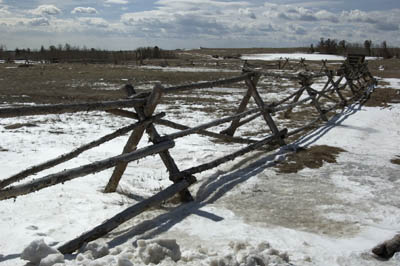

2. Fragments of the above images - for faster download
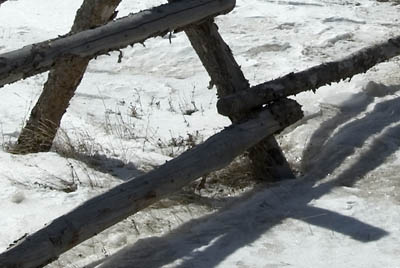
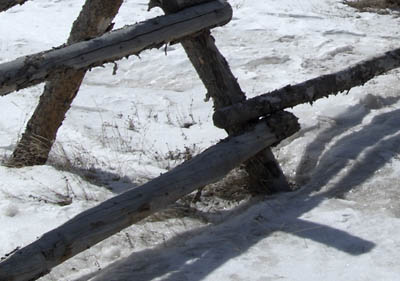
3. Test for robustness of the images and discovery the hidden details To both the images, Photoshop CS processing "Shadow/highlights" was applied (+30 shadows, +30 highlights). Again, Nikon D70 demonstrated a good result (however, S3 Pro images seem to have more details in highlights are in all the cases look more "intelligent" which may or may not be a consequence of a single particular technical reason).
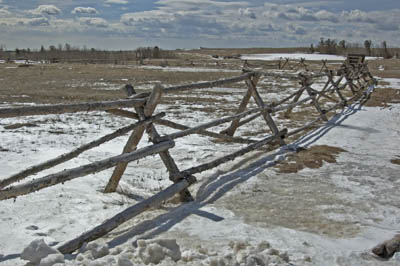
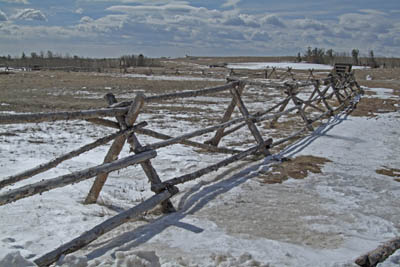
4. More rigid testing
Here is an image of lamp, which obviousely has extremely high range of brightness. Again, I used 200 ISO setting, sharpening=OFF, color space=Adobe RGB, and RAW mode, of course. Here is what you get after conversion of RAW files. Auto white balance seems to work muc better in the case of S3 Pro (right image). Also, the light falloff in the corners looks less hopeless with S3 Pro. I know, you might suppose that this is merely a result of different algorithms of autoexposure in the two cameras (I intentionally used autoexposure without corrections to be closer to a real-world situation). To make our comparison more informative, we will process images a little bit to see what they hide. - See sections 5-6.
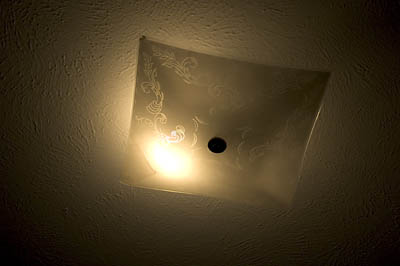
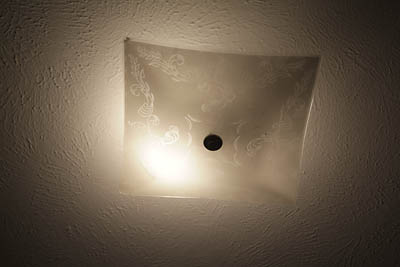
5. Discovering hidden details - what is the robustness of the image?
After application of the same "Shadow/Highlight" tool of Photoshop CS (+20/+20) it is visible that D70 image (left) started to degrade and become really ugly while S3 image appeared to be more robust and still survived after such harsh treatment (forcing of revealing of details at the ends of the brightness range, when the range itself is extremely high). These conditions of testing help revealing the informational depth of the image, and this parameter it is clearly better with S3 Pro. This may be the reason why many "Fuji devotees" love S3 Pro images "irrationally", regardless to a number of formal tests (posted elsewere) which reveal nothing special about S3. Here we made irrational stuff quite rational by demonstrating higher information content of each S3 Pro pixel.

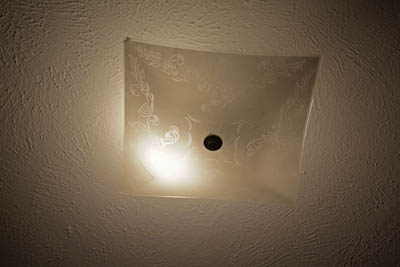
6. Bonus comparison - after equillibration of the tone of the two images
For those of you who will not beleive the comparison until the overall tone/gamma values for the two images are the same, here you go: on the right panel you see the same original S3 Pro image as in section 4, on the left panel - D70 image after matching its tone to S3 image (using corresponding Photoshop CS function). Still, you see much larger area of loss of details in extream highlights. S3 Pro image appears, as always, more deep and less "digital".
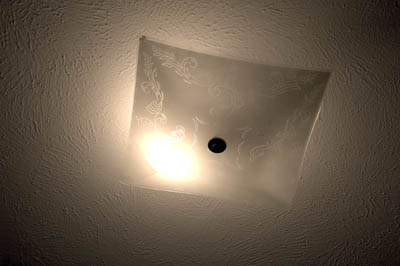

7. Conclusion.
Every test has its limitations because of its inevitable artificial character. Cameras are supposed to be used for shooting, not for giving formal test results. And satisfaction by the final result is often not dependent on passing certain technical tests. I love my S3 Pro and experience a high jump in overall iamge quality after Nikon D70. However, I try to imaging myself a reader of this page. If I had no experience with both the cameras, would I be convinced by this comparison to buy slow and expensive S3 Pro, when one needs to choose a harsh conditions to clearly show its power? Probably not! And, at the same time, my love to images given by S3 Pro grows every day, after each shooting session... Something really escapes from tests. Always see for yourself.
P.S. The author of this page is not connected to any camera manufacturer or commercial structure in any way.
Oleg Moskvin
April 2-nd, 2005